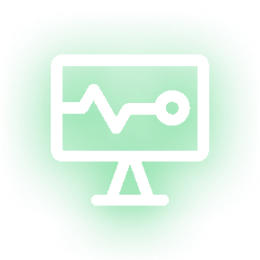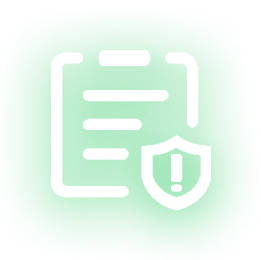Description
Keyword monitoring is a technology that automates the scanning of website content through predefined specific words or phrases. The system periodically crawls target web pages based on preset rules, rapidly parsing and matching text information. When predefined keywords are detected in page titles or content, it immediately triggers alert notifications. Its core function lies in efficiently capturing sensitive information, non-compliant content or non-compliant content – for instance, enterprises can use compliance-related keywords to identify violations.
Key features include:
Automated Detection: Regularly scans and analyzes textual content for exact or partial keyword matches.
Real-Time Alerts: Notifies users immediately upon detecting keywords, enabling swift responses to risks like data leaks or reputational harm.
Flexibility: Supports custom keyword lists tailored to specific use cases.

Steps of Keyword Monitoring
Keyword Monitoring is a proactive security measure designed to detect sensitive, policy-violating, or business-critical keywords in real time. By combining automated scanning with human oversight, it ensures timely responses to potential risks. Below is a detailed workflow:
1. Keyword Configuration
Define custom keyword libraries tailored to your needs, such as sensitive terms, non-compliant terminology, or industry-specific phrases.
2. Content Scanning
Web crawlers automatically collect data from target pages, extracting text content for analysis.
3. Matching Algorithm
Advanced pattern recognition using rule-based engines or regular expressions ensures precise text comparison.
4. Alert Triggering
Instant email notifications are sent to designated personnel upon keyword detection, including contextual code snippets and event snapshots.
5. Manual Review
All alerts undergo human verification to prevent false positives and ensure accurate handling of legitimate content.
Main Functions of Keyword Monitoring
Keyword monitoring has become a critical tool across industries due to its high efficiency and precision in content identification. Its applications span diverse scenarios:
•Content Security: Automatically screen websites and forums for politically sensitive keywords, terrorist incitement, abusive language, or harassment, mitigating legal risks.
•Brand Protection: Identify phishing websites, fraudulent claims, or brand-damaging content to safeguard corporate reputation and consumer rights.
•Compliance Assurance: Monitor websites of regulated industries (e.g., finance, healthcare) for non-compliant marketing language or false claims to strict regulatory standards.
•Data Protection: Accurately identify sensitive data like PII to prevent intentional leaks or accidental exposures.
•Product Optimization: Analyze high-frequency terms in user reviews to prioritize feature updates and enhance user experience.
By integrating keyword monitoring into operational workflows, enterprises enhance risk mitigation, regulatory adherence, and user trust while gaining actionable insights for strategic decision-making.
Conclusion
As a foundational content identification technology, keyword monitoring helps website operators quickly detect risk signals. However, being a rule-driven tool, it cannot fully replace human judgment. In practical applications, it should be integrated with technologies like semantic analysis and image recognition, alongside establishing robust response protocols to achieve more efficient content security management.
Learn more about Keyword Monitoring
All features free for life for the first 500 users!
Sleep easy—your website is always protected!
More














